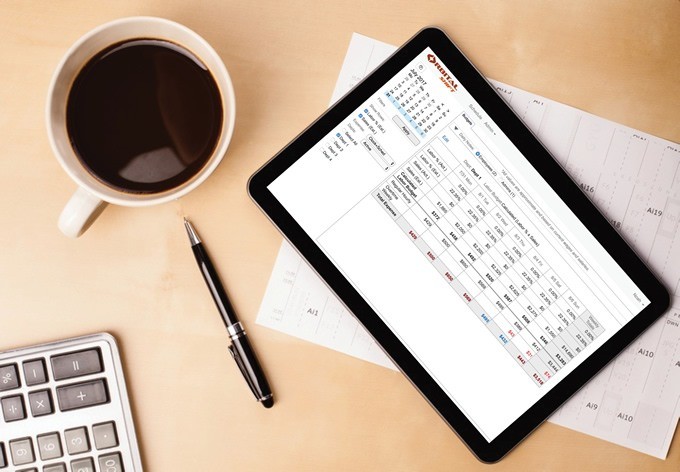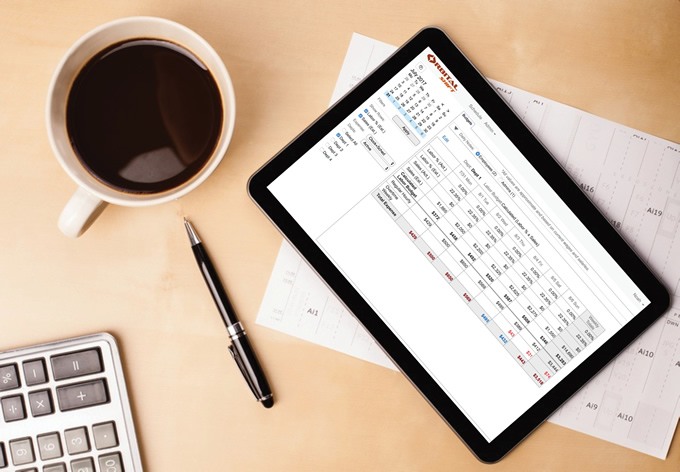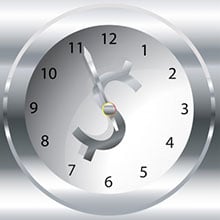Never be understaffed and over budget again.

Going slightly over budget might not seem like the end of the world, but those numbers quickly add up. In order to meet staffing requirements while also staying under budget, we’ve outlined five techniques for creating employee schedules.
Workforce management software
There are plenty of cloud-based management software products that make employee scheduling quick and accurate. Cloud-based workforce management tools provide managers with real-time data and alerts to let them know when they reach or exceed their labor budget. Employees clocking in a little early or late can quickly push managers over budget.
Online time clock
By using an online time clock, managers have the power to monitor when employees clock in and out. Some time clocks even allow managers to set a predetermined time frame for how early employees can clock into their shift, and alerts them when employees forget to clock out. These features help prevent even the smallest budget overages.
Budget forecasting
Combining labor and sales reports from previous years allows managers to determine the number of employees that should be scheduled everyday. If managers don’t use workforce management software, these reports can be calculated manually. Although this task can be tedious and expensive, it’s a necessary evil if you want to stay under budget.
Accurate data
Managers using Excel or pen and paper to create schedules must be sticklers for detail and accuracy. Even the smallest error will give managers inaccurate metrics and forecasts, making it more likely they’ll go over budget in the future.
Cross train employees
Many employees are qualified to work more than one position - all they need is a little extra training. Cut back on labor expenses by cross training staff members. If an employee normally works as a cashier, train them to work in the deli department too. Not only will staff posses a larger skill set, but also maximizing labor without over scheduling will be easier than ever before.




